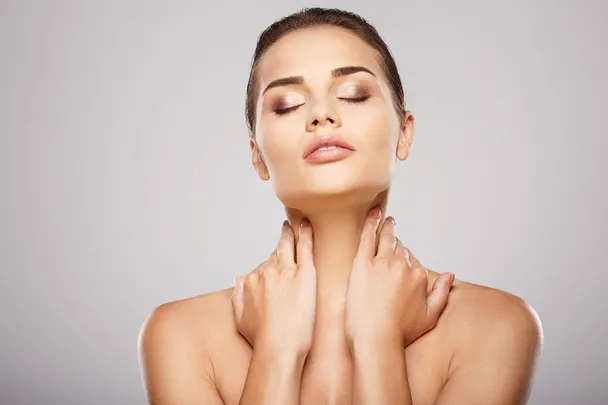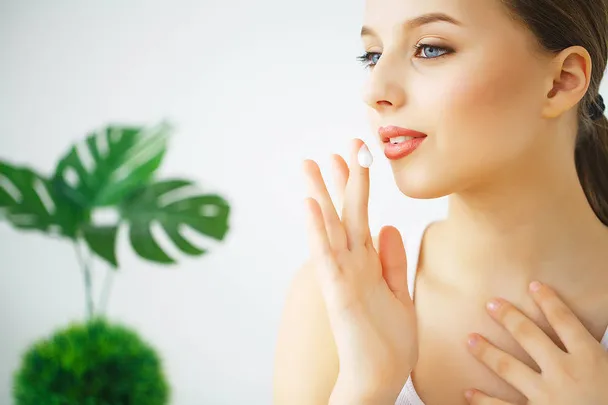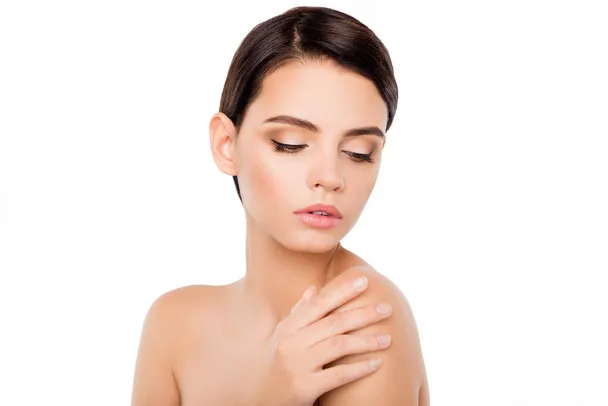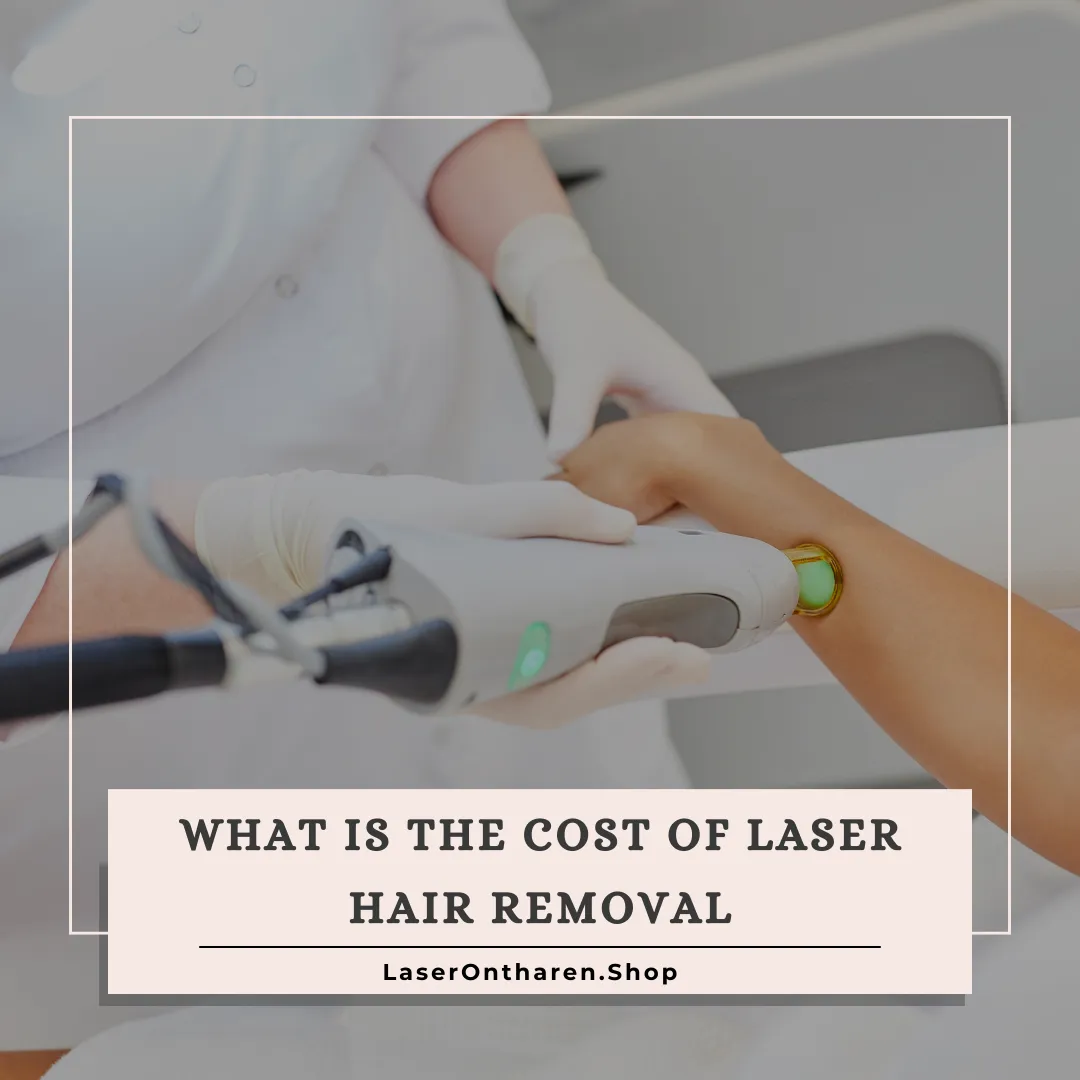Hair-lightening sprays have become increasingly popular among individuals seeking to achieve sun-kissed highlights or lighten their hair without the commitment of traditional bleach or dye. Promising quick and easy results, these products have gained traction in the beauty market. However, recent concerns have emerged regarding the safety and potential risks associated with hair-lightening sprays. In this article, we’ll delve into the potential dangers of these products and explore safer alternatives for achieving lighter locks.
The Appeal of Hair-Lightening Sprays:
Hair-lightening sprays have captured the attention of individuals worldwide, offering a tantalizing solution for those desiring lighter locks from the comfort of their own homes. Their allure lies in the promise of effortless application and gradual lightening effects, catering to the needs of busy individuals seeking a sunnier, beachy aesthetic without the hefty expense and time investment typically associated with salon visits. This accessibility and convenience are particularly appealing in today’s fast-paced world, where time constraints and budget considerations often dictate beauty routines.
Moreover, the versatility of hair-lightening sprays adds to their widespread appeal. Many products boast suitability for various hair types and colors, further widening their consumer base. Whether you have naturally dark brunette locks or already sport a lighter shade, hair-lightening sprays claim to deliver results tailored to your specific hair needs. This inclusivity resonates with consumers seeking a customizable approach to hair lightening, allowing them to experiment with different shades and techniques from the comfort of their own homes.
Additionally, the allure of achieving a sun-kissed, beachy look without the need for extensive salon appointments speaks to the growing trend of embracing natural beauty and effortless elegance. Hair-lightening sprays offer a low-maintenance alternative to traditional hair lightening methods, empowering individuals to enhance their appearance with minimal effort and fuss. For those who value spontaneity and freedom in their beauty routines, the appeal of a product that promises easy, at-home lightening is undeniable.
In summary, the appeal of hair-lightening sprays lies in their convenience, accessibility, and promise of natural-looking results. By offering an alternative to salon visits and catering to a diverse range of hair types and colors, these products have become a go-to choice for individuals seeking a sunnier, beachy aesthetic without the hassle. However, it’s essential to consider the potential risks and limitations of hair-lightening sprays before incorporating them into your beauty routine, ensuring that you achieve the desired results safely and effectively.
The Risks and Concerns:
Despite their convenience and promise of natural-looking results, hair-lightening sprays may pose significant risks to both hair health and overall well-being. One of the primary concerns revolves around the use of potentially harmful ingredients commonly found in these products, such as hydrogen peroxide and ammonia. These chemicals, while effective at lightening the hair, can strip away its natural moisture, leading to dryness, breakage, and long-term damage.
Furthermore, frequent use of hair-lightening sprays can escalate the risk of various adverse reactions, including scalp irritation, allergic responses, and even chemical burns. Individuals with sensitive skin or pre-existing scalp conditions are particularly vulnerable to these effects. The application process itself compounds these risks, as the sprays are typically applied directly onto the hair and scalp, exposing the skin to concentrated doses of chemical ingredients.
Another pressing concern is the lack of regulation and oversight in the production and marketing of hair-lightening sprays. Unlike professional hair-lightening treatments administered in salons, which are typically carried out by trained professionals using carefully formulated products, at-home hair-lightening sprays may lack adequate quality control measures and proper instructions for safe use. This lack of oversight increases the likelihood of improper application and misuse, potentially leading to adverse effects and unsatisfactory outcomes.
In summary, while hair-lightening sprays offer a convenient solution for achieving lighter hair at home, it’s crucial to recognize and address the associated risks and concerns. From harmful ingredients that compromise hair health to the potential for adverse reactions and lack of regulatory oversight, the safety of these products may be questionable. Individuals considering using hair-lightening sprays should exercise caution, thoroughly research product ingredients, and consider safer alternatives to protect their hair and overall well-being.
Safer Alternatives for Lightening Hair:
Fortunately, safer alternatives exist for achieving lighter hair without resorting to potentially harmful hair-lightening sprays. For individuals seeking subtle highlights or a gradual lightening effect, natural methods offer a gentle and non-invasive solution. Ingredients such as lemon juice, chamomile tea, and honey are known for their lightening properties and can help achieve desired results without causing damage or irritation to the hair and scalp.
Lemon juice, for example, contains citric acid, which can subtly lighten hair when exposed to sunlight. Simply dilute lemon juice with water and apply it to the hair, focusing on areas you wish to lighten. Leave the mixture on for several hours before rinsing thoroughly. Similarly, chamomile tea can be brewed and applied as a hair rinse to gradually lighten hair over time.
Honey, with its natural bleaching properties, can also be used to lighten hair gently. Mix honey with water or conditioner to create a paste, then apply it to damp hair and leave it on for an hour or longer before rinsing. These natural methods provide a safer alternative to chemical-based hair-lightening sprays, allowing for gradual and customizable results without the risk of damage or adverse reactions.
Additionally, consulting a professional hairstylist for professional hair-lightening treatments is another safe and effective option. Trained stylists can offer personalized advice and recommendations based on your hair type, color, and desired outcome. Whether opting for traditional foil highlights, balayage, or ombre techniques, a skilled stylist can tailor the treatment to achieve the desired look while minimizing the risk of damage. Professional hair-lightening treatments performed in a salon setting also ensure proper application and adherence to safety protocols, providing peace of mind for individuals concerned about the potential risks associated with at-home methods.
safer alternatives for lightening hair exist, offering individuals the opportunity to achieve their desired hair color without compromising on safety or hair health. Whether opting for natural methods or professional salon treatments, taking a cautious and informed approach ensures that lighter locks can be achieved effectively and safely.
While hair-lightening sprays may indeed provide a convenient option for those aiming to lighten their locks at home, it’s paramount to acknowledge the potential risks and concerns linked with these products. From the utilization of harmful ingredients to the likelihood of scalp irritation and hair damage, the safety of hair-lightening sprays raises valid questions. As an alternative, it’s advisable to explore safer options like natural lightening methods or professional salon treatments. By opting for these alternatives, you can achieve your desired hair color while safeguarding the health and integrity of your hair. Prioritizing safety and well-being ensures that your journey to lighter locks is both effective and sustainable in the long run.










